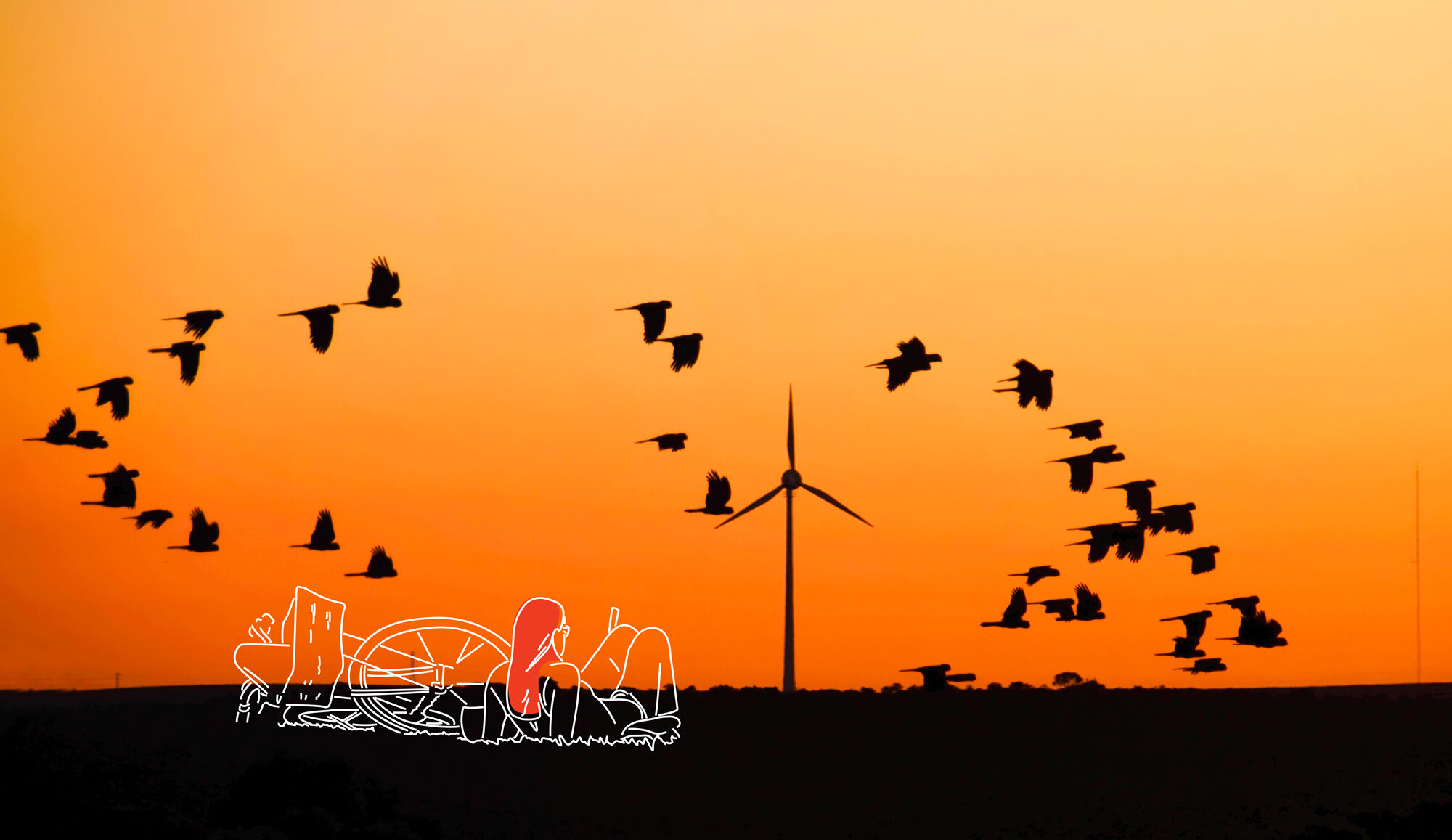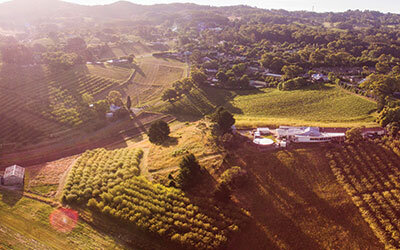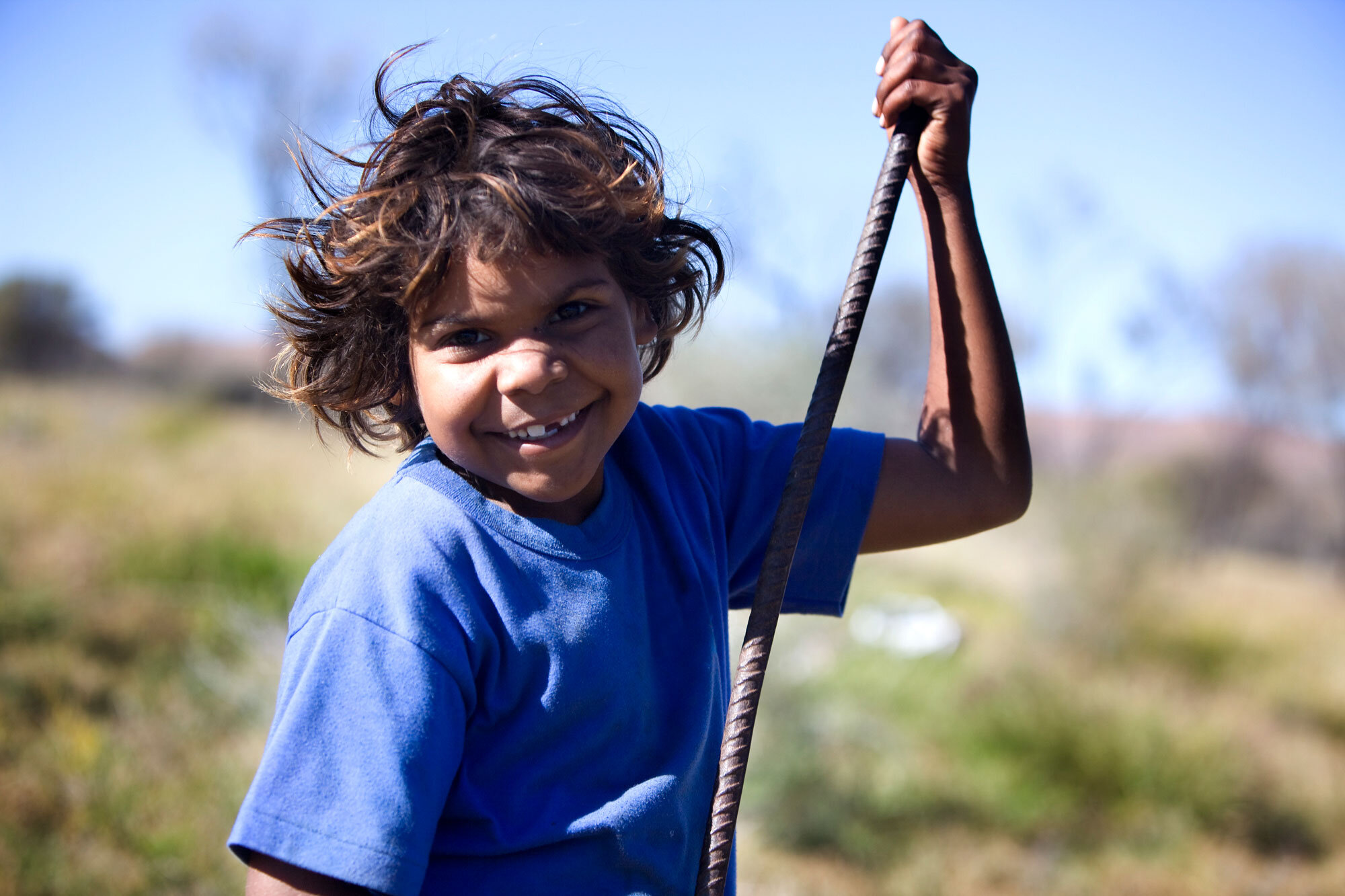
Shift #1
Understand our landscapes and wildlife co-evolved with Aboriginal people
Moving from just acknowledging to deeply embracing
Aboriginal connection to country in our work
The area now known as South Australia was managed, farmed, cared for and modified by the Aboriginal people who lived here for over 60,000 years (see right). Our understanding of what it means to conserve nature in South Australia, and our references to ‘pre-1750’ or ‘pre-European’ vegetation, must acknowledge that the nature of South Australia was intimately linked with the livelihoods and the activities of the first people.
The journals and diaries of explorers and colonists “…revealed a much more complicated Aboriginal economy than the primitive hunter-gatherer lifestyle we had been told was the simple lot of Australia’s First People”1. Many explorers and colonists wrote of observing people “…building dams and wells, planting, irrigating and harvesting seed, preserving surplus and storing it in houses, sheds, or secure vessels…none of which fitted the definition of hunter-gatherer”.
As well as supporting their economy for millennia, the natural environment is also central to Aboriginal spirituality and their beliefs and social systems. Aboriginal people believe there is no separation between people and nature – everything is connected. In the north-west of South Australia the word the Pitjantjatjara people, or Anangu, use to describe this is Tjukurpa.
Tjukurpa has many complex but complementary meanings and refers to the creation period. It encompasses religion, law and moral systems, and it defines the relationship between people, plants, animals and the physical features of the land.
Tjukurpa contains knowledge of how these relationships came to be, what they mean and how they must be maintained. Western culture does not have an equivalent word that adequately explains these connections.
The Nature of SA acknowledges the First People’s care of country, through wise use of the land and wildlife. We acknowledge the role they played in shaping natural systems over tens of thousands of years, and the continuation of that role today.
There is a tremendous opportunity in South Australia to do a much better job of bringing Aboriginal knowledge and wisdom to the table to help solve today’s seemingly intractable issues. We have much to learn about how to live sustainably in this state from the descendants of the first Australians.
— ♢♢♢ —
1. Bruce Pascoe. Dark Emu. Black Seeds:
agriculture of accident? 2014.
David R Horton (creator), © Aboriginal Studies Press, AIATSIS, and Auslig/Sinclair, Knight, Merz, 1996
Case study
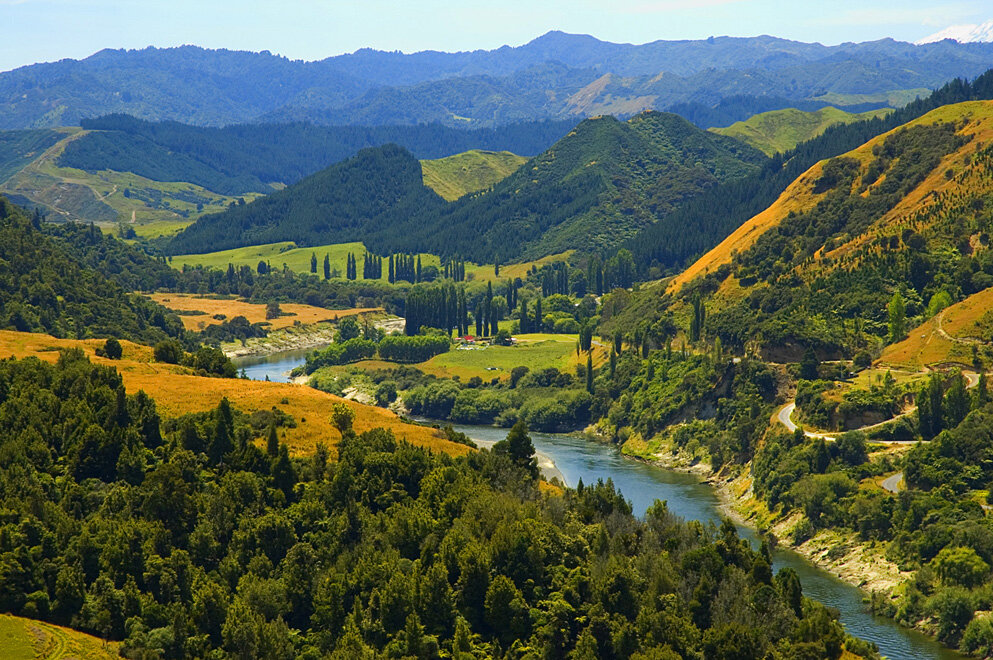
Case study
Whanganui river
Incorporating Indigenous world views: recognising the rights and independence of a river in New Zealand
For the local Maori tribes the Whanganui river is considered tupuna (an ancestral being) and is the basis of their culture and identity. This genealogical and intrinsic link with the river is conceptualised in the Maori proverb:
E rere kau mai te awa nui nei
Mai i te kāhui maunga ki Tangaroa
Ko au te awa
Ko te awa ko au.
(For as long as the great river has run its course from the noble assemblage of ancestral mountains to the sea
I am the river
The river is me.)
The story of the Whanganui river and the renewed recognition of its place in Maori, and contemporary Aotearoa (New Zealand) culture, provides a unique example of how Indigenous views can reconceptualise governance of water and restore Indigenous rights in governing its use and access.
The river is the third longest in Aotearoa, being 290 km from its source on the slopes of Mt Tongariro to where it meets the sea at Whanganui. While the river does not traverse any western political borders, it does meander through the territory of multiple iwi (Maori tribes).
Through British colonisation of Aotearoa and despite the treaty of Waitangi, authority or chieftainship of the iwi over the river and land was undermined through actions taken by the Crown. For over a century the iwi petitioned against this gradual but persistent takeover of the Whanganui River culminating in a native title claim under the Treaty of Waitangi in 1990. In 2014, the claim finally lead to the recognition of the River as Te Awa Tupua (river ancestor), a legal entity with rights and interests of its own, recognising; 1) the cultural significance of the river to Atihaunui-a-Paparangi, 2) the Maori world view that the river cannot be owned; and 3) the need for Maori inclusion in its governance.
Te Awa Tupua is the world’s first recognition of rights belonging to anything other than individuals or corporations and is lauded as a major success in the Indigenous rights movement.
— ♢♢♢ —
Source: Vincent van Uitregt. 2016.
Ko au te awa, kote awa ko au (I am the river and the river is me): Can a Maori approach to river rights be applied in an Australian context? Unpublished essay.
Image: Whanganui River CC BY James Shook
Journal article
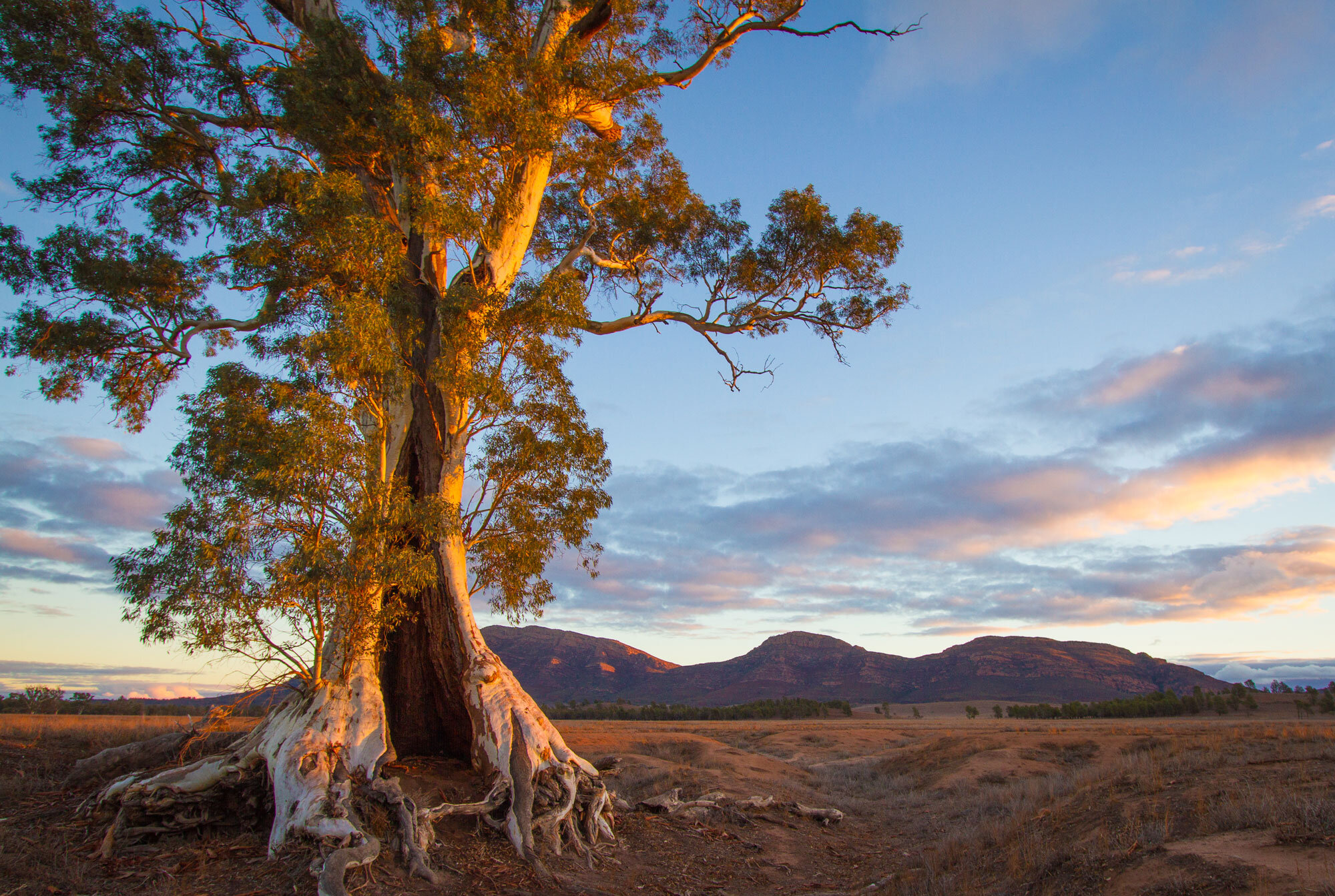
Journal Article
Conserving and restoring what exactly?
“Australia’s unique ecosystems are the result of 60 million years of separate evolution and 60,000 years of human occupation. We reject the notion that restoration aims for some pristine ‘natural state’, especially if this is based on an idealised view of ‘wilderness’ as places untouched by people. Instead we recognise obstinately that Australia’s landscapes co-evolved with people, they are cultural landscapes, shaped by countless generations involved in this co-evolution”.
This evocative quote makes a salient point about the state of nature, and its management in Australia. Undoubtedly, when Europeans imposed their values and economy on South Australia the changes to nature that followed were profound. As a result there are no ecosystems in South Australia that remain undisturbed, or in a “pre-European” state.
Equally importantly, “pre-European” in itself is a term that does not adequately acknowledge that Aboriginal people lived in and used the landscape for an inconceivably long period of time, shaping the natural environment to provide their physical, cultural and spiritual needs.
We need to consider nature conservation for what it is—a culturally constructed ideal that seeks to protect, conserve and restore the nature that exists now. We cannot seek to conserve or restore a pristine natural state, or idealised wilderness untouched by people, because no such thing has existed in Australia for over 60,000 years.
This does not diminish the value of the nature that surrounds us in SA, that we treasure, benefit from and seek to conserve, but it does give us more options for future management that can be a more honest reflection of the state of our ecosystems, and the change they have, and continue to, experience.
— ♢♢♢ —
Source: Andrew Campbell, Jason Alexandra and David Curtis. Reflection on four decades of land restoration in Australia. The Rangelands Journal. 2017.
Image: CC BY Jacqui Barker via Wikimedia Commons
❯❯ More shifts
